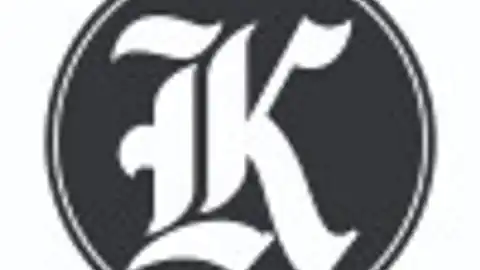HassConsult on Monday unveiled land price trends for the fourth quarter of 2016, showing that the rate of increase in asking land prices for Nairobi suburbs have slowed down to record-lows mainly as a result of the slow growth in credit as a result of the interest rate cap law which has failed to live up to market expectations.
Asking prices for land in Nairobi suburbs increased by a marginal 0.8 per cent in the fourth quarter and 5.1 per cent on an annual rate.
“In the last quarter the market was optimistic that the interest rate cap law would result in advancing more affordable credit which was expected to increase loan uptake and spur the property market. Unfortunately this has not been witnessed as commercial banks are more cautious in lending and this continues to hamper the potential growth in Nairobi’s property market,” said Ms. Sakina Hassanali, Head of Research and Marketing at Hass Consult.
Nairobi’s Gigiri leads the pack with average asking land prices in the suburb increasing by 3.13 per cent per cent while Donholm was the best performing suburb in 2016 with asking prices increasing by 29.3 per cent. Nyari was the worst performing suburb recording an average asking price decline of 0.64 per cent over the last quarter while Eastleigh was the worst annual performer at a price decline of 5.58 per cent.
On the contrary asking land prices in satellite towns posted stellar returns as the lower price of land relative to Nairobi still makes the neighbouring suburbs attractive to long-term investors and speculators as opposed to developers.
The average asking price of land in Nairobi’s 14 satellite towns increased by 2.32 per cent over the second quarter but on an annual basis the increase stood at 21.8 per cent, levels last seen in 2014.
“Land in satellite towns is more affordable than in the city and buyers tend to be long-term investors and speculators who are fuelling the steady price appreciation,” said. Ms. Hassanali.
Land in Juja recorded the highest rise over the fourth quarter with the average asking price for an acre increasing by 6.3 per cent. Juja was also the best performing satellite town on an annual basis with land appreciating by 51 per cent for the year. Mlolongo continues to be the worst performing satellite town with average asking prices reducing by 1.47 per cent over the fourth quarter followed by Athi River Town which saw a 0.2 per cent marginal drop over the same period.
The drop in prices of these two satellite towns is attributed to their heavy congestion relative to other satellite towns. The poor performance of other asset classes is also expected to sustain land investments in the satellite towns. “In light of poor performance of the equities and fixed income market we expect investment to be channelled to these areas,” added Ms. Sakina Hassanali.




